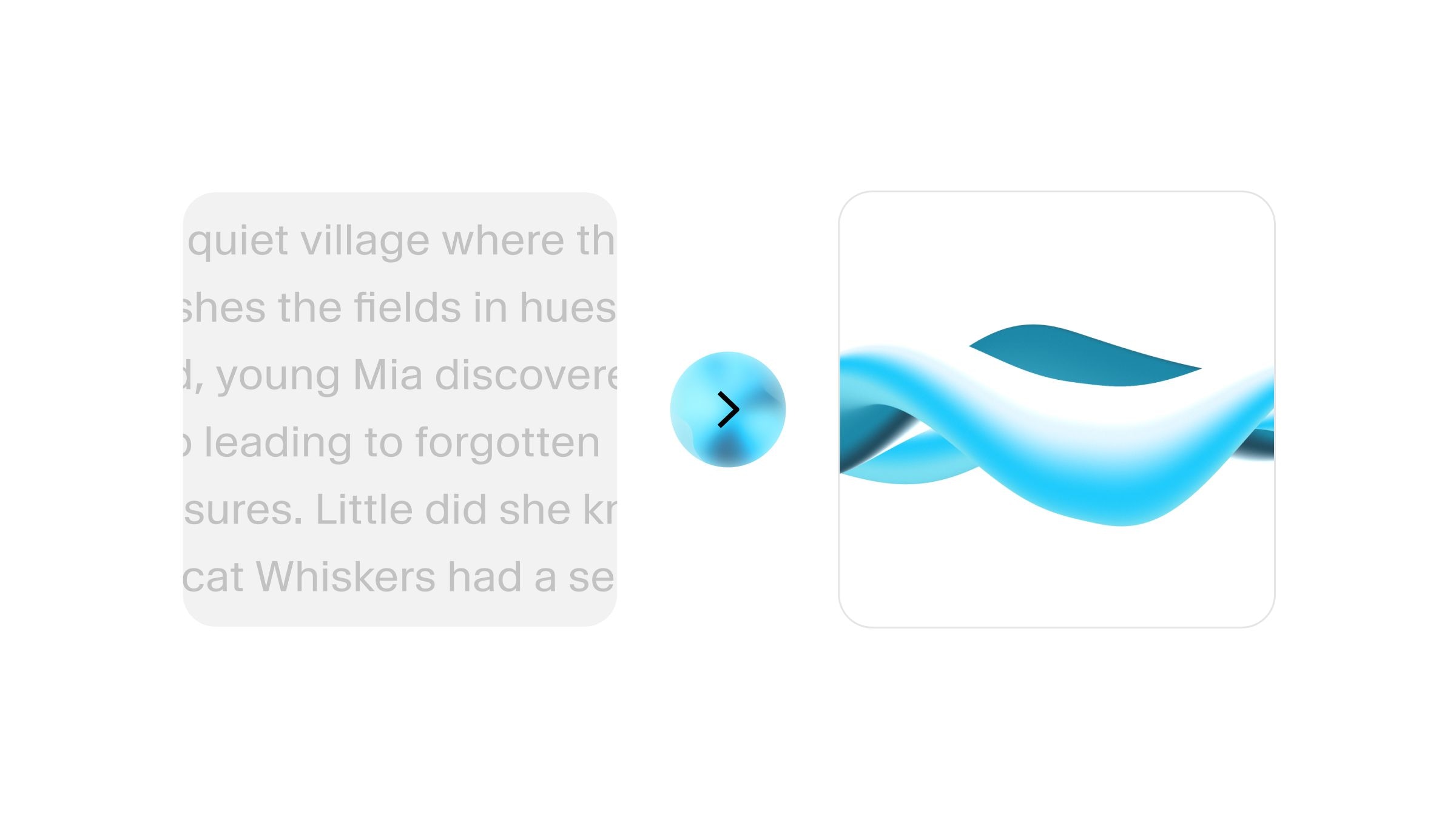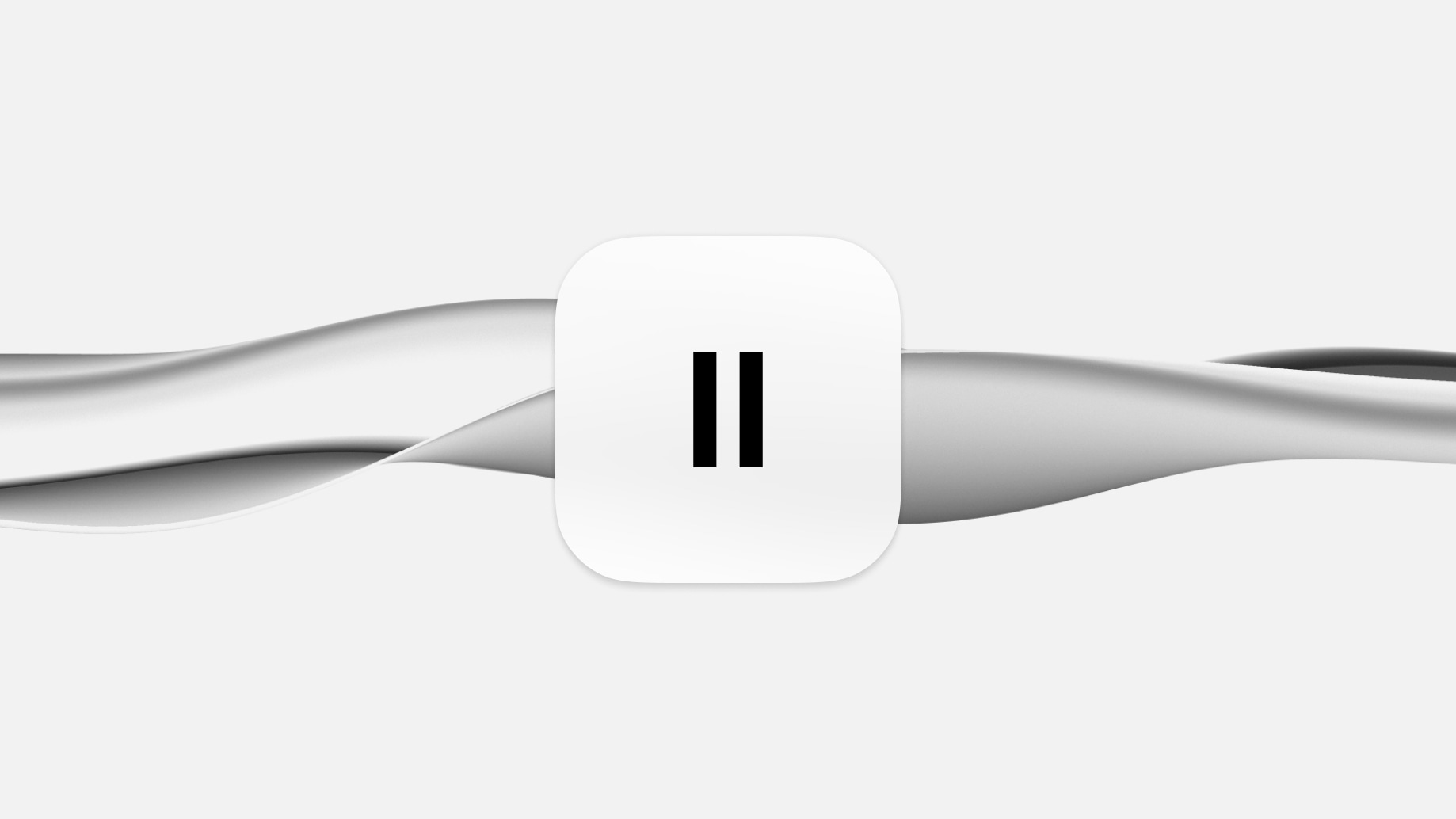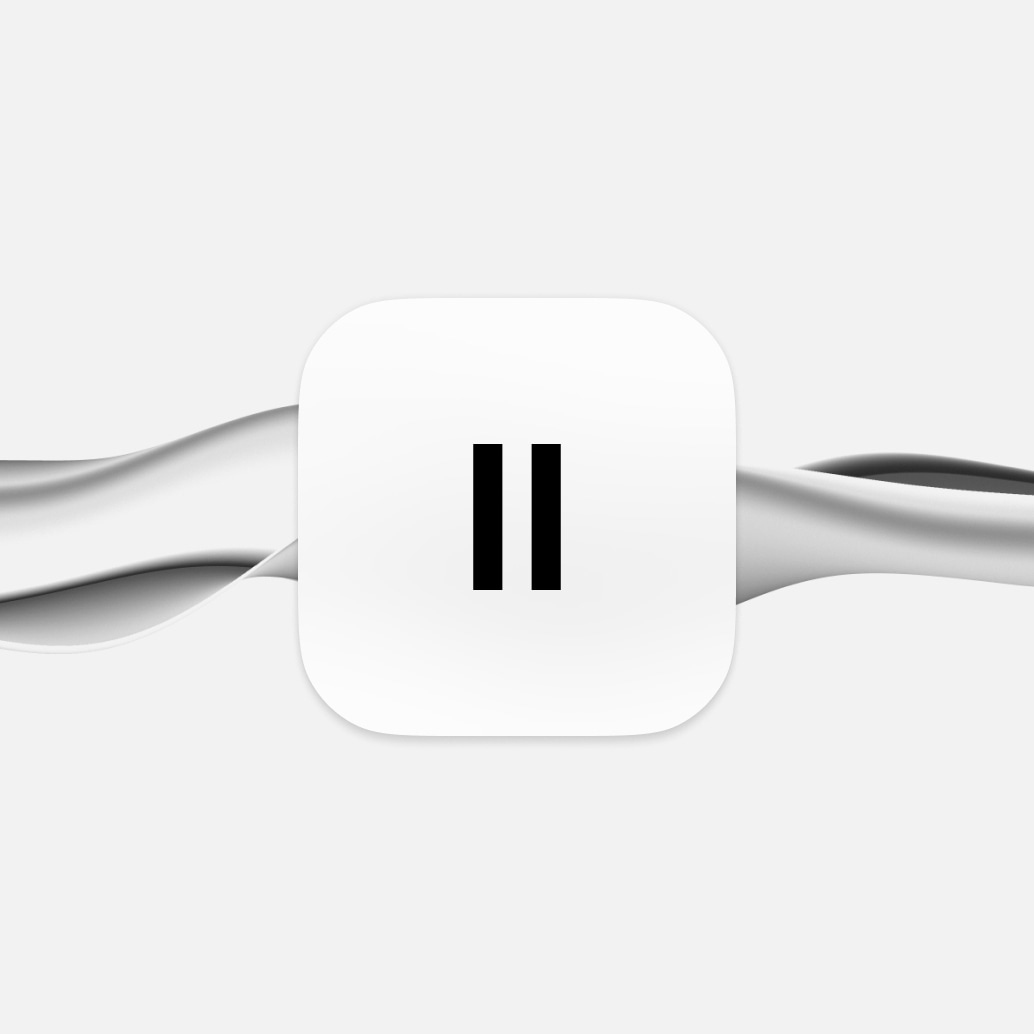- Pre-recorded voice libraries – This is a collection of pre-recorded voice snippets that can be used to construct sentences. While they don't offer the flexibility and adaptability of AI-driven generators, they can be an excellent choice for simpler projects where you don't need too much customization.
- Dynamic voice generation – The most advanced form of voice generators, these not only convert text-to-speech but can also clone a voice from a sample. They are the crème de la crème of voice generators – versatile, adaptable, and capable of delivering very high quality.
Key features to look out for
Naturalness and emotional range
An exceptional voice generator doesn't just speak; it emotes. The tone should adapt to the message it's delivering—be it excitement, empathy, or urgency. Look for human-like prosody and inflection capabilities. For instance, ElevenLabs' voices can convey enthusiasm when a chatbot is introducing a new product feature or sympathy when apologizing for an issue. This emotional depth makes interactions more natural.
Multi-language support
As you aim to cater to a global audience, look for voice generators that offer multiple language options and accents. Services with limited linguistic range will fall short. ElevenLabs stands out with its support for over 25 languages and growing. This allows easily localizing a chatbot for new markets. The same chatbot can speak English, Spanish, Mandarin, and more.
Ease of integration
Consider how well the voice generator will integrate with your current chatbot framework. Comprehensive API documentation and customer support can go a long way. For example, ElevenLabs makes embedding lifelike voices into chatbot conversations straightforward with just a few lines of code in languages like Python and Node.js.
How to evaluate voice generators
Selecting the ideal voice generator for your chatbot involves more than just looking at features and pricing. You want to be sure that it’s going to perform well too. Here are some of the main factors you should consider when comparing voice generation tools.
Testing for latency
In the world of voice interactions, even a minor delay can be a deal-breaker. That’s why you should test for latency.
Latency is the time it takes for the voice generator to convert text into audible speech and play it back. High latency ends up in awkward pauses and disrupts the flow of conversation. This wreaks havoc on user experience.
Many providers offer technical specifications around latency, but it's always best to test it yourself in a real-world scenario to see if it meets your requirements.
Features like partial synthesis and optimized streaming APIs offered by providers like ElevenLabs ensure minimal lag. Users perceive the chatbot's responses as immediate when latency is under 250ms.
Pronunciation accuracy
A top-tier voice generator should be able to accurately pronounce a broad range of words and names, even industry-specific jargon. To test this, you can set up a series of phrases and sentences that challenge the engine's capabilities.
This is especially important if your chatbot is dealing with specialized topics or conversing in multiple languages. A single mispronounced word undermines user trust and the perceived quality of your chatbot.
Overall sound quality
Sound quality isn't just about clarity – it's also about how natural the speech sounds. Does the voice have a realistic tone? Does it emote effectively? These are questions to ask when assessing sound quality.
Some voice generators offer the capability to customize pitch, tempo, and other vocal characteristics. Take advantage of these features to make your chatbot sound as human-like as possible.
While latency and pronunciation are somewhat straightforward to measure, evaluating the Natural Language Processing (NLP) performance of a voice generator can be more complex.
You might consider looking at:
- Syntax understanding – Does the voice generator appropriately emphasize the right words in a sentence?
- Context-awareness – Does the tool adapt its tone and delivery based on the context of the conversation?
- Vocabulary range – How well does the generator cope with different terminologies, slang, or abbreviations?
- Response accuracy – Does the voice generator correctly interpret and respond to user inputs, particularly in open-dialogue situations?
User feedback
Last but not least, consider gathering user feedback through surveys or direct questioning. End-users will always be the best judges of how natural and effective the voice generator is.
Technical aspects
API and SDK options
Most voice providers offer REST APIs and SDKs to simplify integration. For example, ElevenLabs provides a Python SDK and Node.js library along with their API. Choose an API with thorough documentation and bindings for your tech stack.
Ensure the API outputs voices in formats compatible with your chatbot stack like MP3, WAV, OGG etc. Some may only support certain formats.
Hosting options
Some providers host generated voices on their cloud while others provide on-premise options. Factor in things like latency, privacy, and connectivity.
Integration steps
Typical integration involves getting API keys, installing an SDK, writing code to make voice requests, and rendering the audio in the chatbot interface. Most platforms provide code snippets to follow. You can find the ElevenLabs documentation here.
Concurrent requests
If you’re expecting high traffic, verify that the voice API can handle multiple parallel requests without degradation. Load testing will reveal its true limits.
There are a variety of voice generator options to consider for chatbots. Here's a look at some leading choices.
Amazon Polly
- Over 25 languages and voice types
- Integrates with Amazon ecosystem
- Quality not on par with niche providers
Google Cloud Text-to-Speech
- Supports 180+ voices in 50+ languages
- Comes with advanced features like SSML
- Can be cost prohibitive at scale
IBM Watson text-to-speech
- Natural voices with good accent support
- Competitive pricing model
- Provides customization controls
- Some reviewers report robotic-sounding results
ElevenLabs
- Leading-edge AI voices sound remarkably human
- Voice cloning from short samples
- Excellent linguistic range with minimal latency
- Competitive pricing model
Voicery
- Specializes in hyper-realistic voice cloning
- Limited language and voice options
- Focuses on custom business solutions
There are also open source tools like Coqui TTS and Tacotron 2 for custom voice building.
Evaluate options by testing them head-to-head using your own chatbot scripts. This reveals strengths and limitations when it comes to naturalness, accuracy, and flexibility. Consider blending services - ElevenLabs for front-end voices and AWS Polly for backend TTS.
Summary
Finding the right voice generator is key to crafting engaging chatbot interactions. Prioritize options offering natural-sounding voices, linguistic diversity, tight integration, and competitive pricing.
Companies like ElevenLabs are leading the way in replicating human nuance with true-to-life voices and advanced features such as voice cloning. Our state-of-the-art AI synthesis empowers developers to quickly give chatbots and assistants flexible, natural voices.
Sign up below for access to the ElevenLabs API and bring your chatbot to life.




